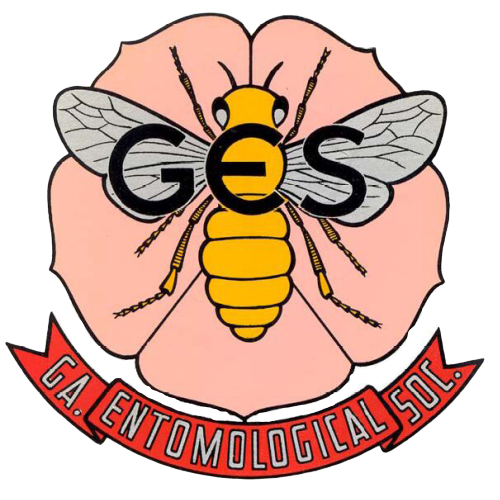Morphological Anomalies in Fourth-Instar Aedes aegypti (Diptera: Culicidae) and a Case of Gynandromorphism in Culex quinquefasciatus (Diptera: Culicidae) in Yucatan, Mexico1
Two cases of morphological anomalies were documented in natural populations of mosquitoes collected in Yucatán, México. Of the fourth-instar Aedes aegypti (L.) collected, 3.81% (25 of 656) had anomalies that consisted of a chitinized bulb at the end of the siphon. The siphon also displays 2 pectens, 1 in the middle and 1 at the base of the chitinized bulb. The seta 1-S triple developed twice in the siphon, that is, in the middle and distally at the base of the chitinized bulb. Larvae display 2 combs in 2 separate curved rows: 1 in the eighth abdominal segment and 1 in the base of the siphon. The anal segment had double development; the first did not present a saddle and the ventral brushes. The other was less developed displaying a saddle, dorsal brushes, and ventral brushes. One Culex quinquefasciatus Say adult displayed a gynandromorph of the polar type, with the head of a female (filiform antennae, palps shorter than the proboscis), and an abdomen with male genitalia. Phenotypic anomalies in mosquitoes occur in nature, negatively affecting their reproductive success and reducing their vector competence.Abstract
Contributor Notes
Laboratorio de Biología Celular. Centro de Investigaciones Regionales “Dr. Hideyo Noguchi”. Universidad Autónoma de Yucatán. Mérida, Yucatán, México. C.P. 97000.
Laboratorio de Parasitología, Centro de Investigaciones Regionales “Dr. Hideyo Noguchi”. Universidad Autónoma de Yucatán. Mérida, Yucatán, México. C.P. 97225.
